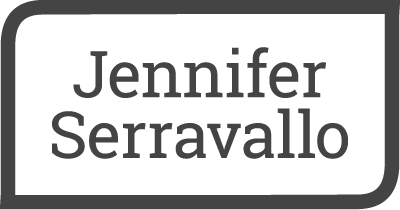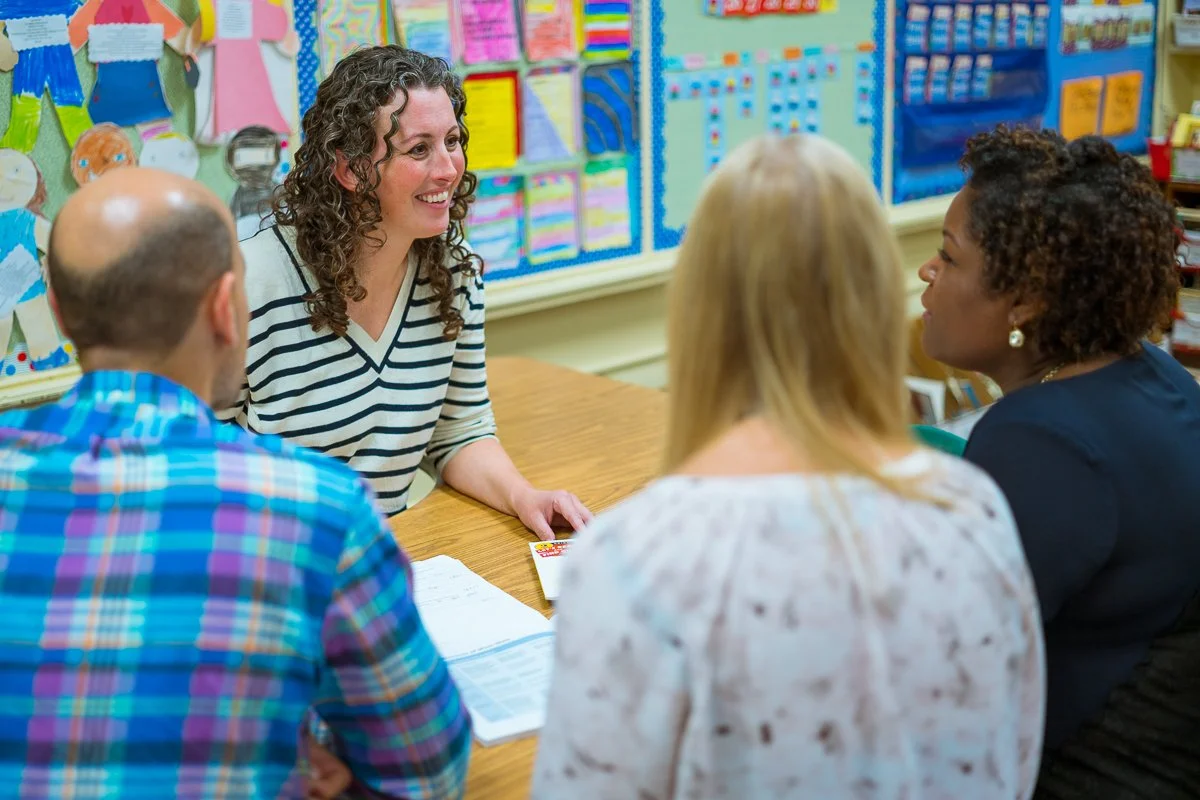4 Ways to Modify Lessons for Your Students
Enhance Any Reading Program or Curriculum
February 24, 2025
Should teachers create lesson plans today, given the volume of materials provided by some of the new reading programs (and many curricula)? I think it’s critical. You can have lots of great resources (and frankly some programs are better than others) but unless you have a clear lesson plan you are unlikely to achieve literacy and content goals, build knowledge and vocabulary, and engage students in deep learning.
A good lesson plan is a critical component to delivering explicit, engaging instruction for students. And although effective lesson plans have key components, they are in some ways as individual as the teachers using them and the students learning from them. Each teacher brings their own background, strengths, experiences, and style to their lessons. And of course, students have unique backgrounds, knowledge, experiences, and learning needs that each lesson must consider and address.
Here are some suggestions as to how you might modify lessons provided by a reading program or curriculum to create a plan that plays to your teaching style and strengths and addresses the specific needs of your students.
Get Plans down to One Page
I believe that a lesson plan should be no longer than one page. Limiting yourself to one page helps focus and streamline your planning, focuses you on the teacher moves and student responsibilities at each stage of the lesson, and saves you valuable time.
For each type of lesson—read-aloud, close reading, phonics, conversation, and so on—you will briefly note what you are going to do at each stage of the lesson to ensure that your students successfully meet the learning goals, and how you’ll engage students. For example, with close reading you’ll establish the content focus and literacy goal(s), plan where to think aloud, model strategies, or prompt students, when and how to tuck in a vocabulary, how to check for comprehension, etc. The lesson plan is there to ensure you hit the key elements you identified, monitor engagement and respond to students, pivot as needed, and stay on pace.
Scaffold Materials for Your Students
The materials provided by your reading program or curriculum may include meets learning objectives you must consider the students in your class and modify the plan as necessary to address their specific learning needs.
Perhaps the text is too complex for students to tackle on their own, consider using an alternate lesson type—such as read aloud, close reading, conversation—where you can demonstrate strategies, provide examples, focus on key text elements, etc. Maybe your students don’t have the necessary background knowledge, and you need to start with a text that introduces that key content. Or your students have already mastered a particular literacy goal, and you can use the text to teach a different literacy goal while still meeting the lesson’s knowledge goals.
Swap Texts to Scaffold, Inform, and Engage
Conceptually coherent text sets can help scaffold students’ knowledge and vocabulary when the program-provided text(s) are too much of a stretch out of the gate. You can start with a more accessible text (picture book, video, short article) and build up word and content knowledge so they can read the recommended text(s) with greater context and understanding.
You might want to swap out a text that doesn’t address your state’s literacy or content standards. Many states have different content goals that the reading program (written for many states) simply doesn’t address.
Perhaps you want to select a text that is more relevant to your students and better reflects your students’ backgrounds and interests. Students are more likely to meet learning goals when the texts consider their lived experiences.
Responding to Your Students
I wrote a whole post on 5 Ways to Become a More Responsive Teacher. If you haven’t read, I encourage you to check it out. So here I just want to emphasize that the most important modifications you can make to any lesson plan are those that address the needs of your students. No one knows your students as well as you do. You know if your first graders are ready for the next phonics objective in your scope and sequence or if they need review. You know if your fourth-grade students need additional lessons on key content before tackling a new, complex text. You know which students need encouragement to share, which students learn best when they collaborate, which students need help taking notes.
As you teach, you are constantly listening to and observing your students, checking for understanding, monitoring engagement, slowing down as needed, skipping a part of the lesson that’s not needed, and making decisions about what’s next for each student.
You, your expertise, your observations, your connection with your students all help you make the most important decisions—those that respond not to hypothetical students, but your students—about the planning and delivery of any lesson.
For those of you who would like more information on how to use my new book Teaching Reading Across the Day to enhance your reading program or curriculum, please check out these two resources: A new webinar or handy brochure. You can also learn more about professional development support with these and other objectives by visiting www.LiteracyStrategiesConsulting.com or by contacting Lea at lea@jenniferserravallo.com.

